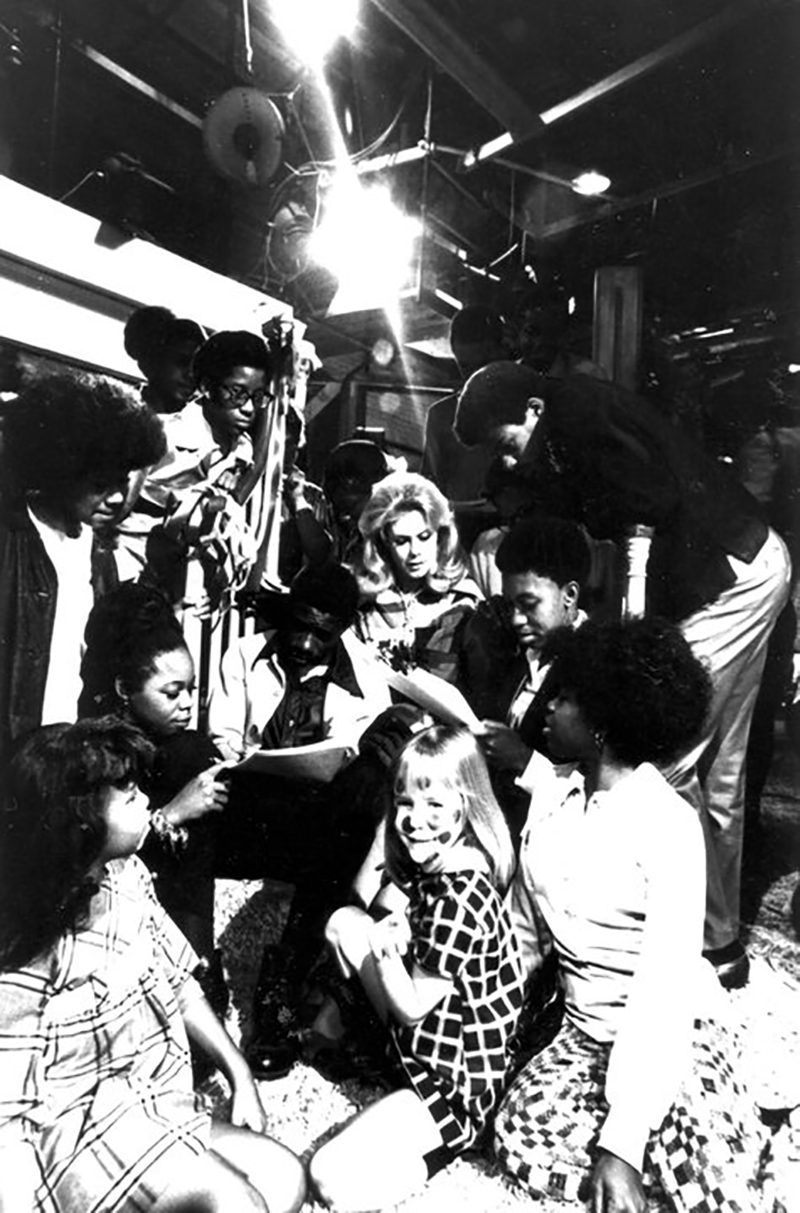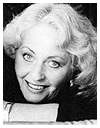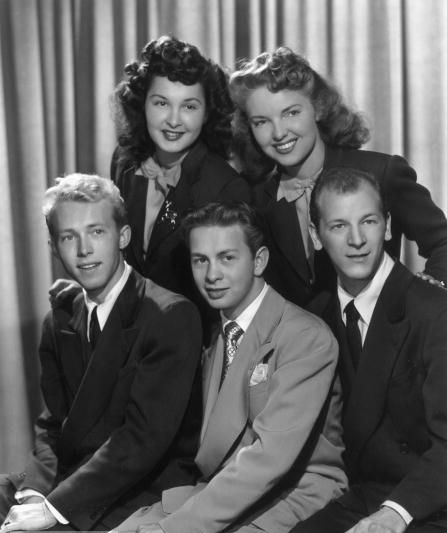This month we have been learning about some unique stories about television writing. I thought it would be fun to wind up the series learning a little bit more about what goes on inside the writers’ room and how you might get there.

Since watching The Dick Van Dyke Show, I have always thought how much fun it would be to be part of a writers’ group for a successful comedy. Nothing I have ever read about the cons of the writing life—late nights, severe writers’ block, procrastination, writers’ arguments–has ever made me question whether this would be an amazing job or not.
So, what exactly is a writers’ room? It’s an office where writers of a television show get together to brainstorm the stories that make it on the air. Depending on the show, you can have two to twenty people in the room. There are other people in addition to writers who pop in and out. A script coordinator, staff writer, story editor, executive story editor, producer, and supervising producer are all positions that might be sitting in on a writing session. Writers’ assistants can take notes, do research, and then there are runners who make copies, get lunch and coffee, and schedule calls.
Just like police officers, doctors, or funeral directors, writers have a lingo all their own. So, let’s take a look at a few of these expressions. A bottle episode takes place in one location and often depends more on dialogue. A Gilligan cut is just what you might guess. It goes back to the show Gilligan’s Island which often showed a contrast in action: one character says Gilligan says nothing in the world will get him to climb that tree and the next scene shows him in the tree. A face heel is where a good guy is now revealed to be a bad guy. A Frankenstein draft is one that is made up of a variety of parts—multiple writers work on the script and then it is unified. A gorilla is a joke or scene that the audience will remember long after the episode is over.

If you are interested in television writers, there is a great book by Paula Finn called Sitcom Writers Talk Shop. (It’s available on amazon.com and at most of your favorite book stores) Her dad, Herb Finn, was a television writer and, for all of you who think Ralph Kramden and Fred Flintstone seem similar, her dad Herb, wrote for both shows.
She has some great interviews in the book. If you read the book, you’ll learn a lot about the highs and lows of television writing. James L. Brooks–who wrote for Room 222, The Mary Tyler Moore Show, Taxi, and The Simpsons—had some great insights.
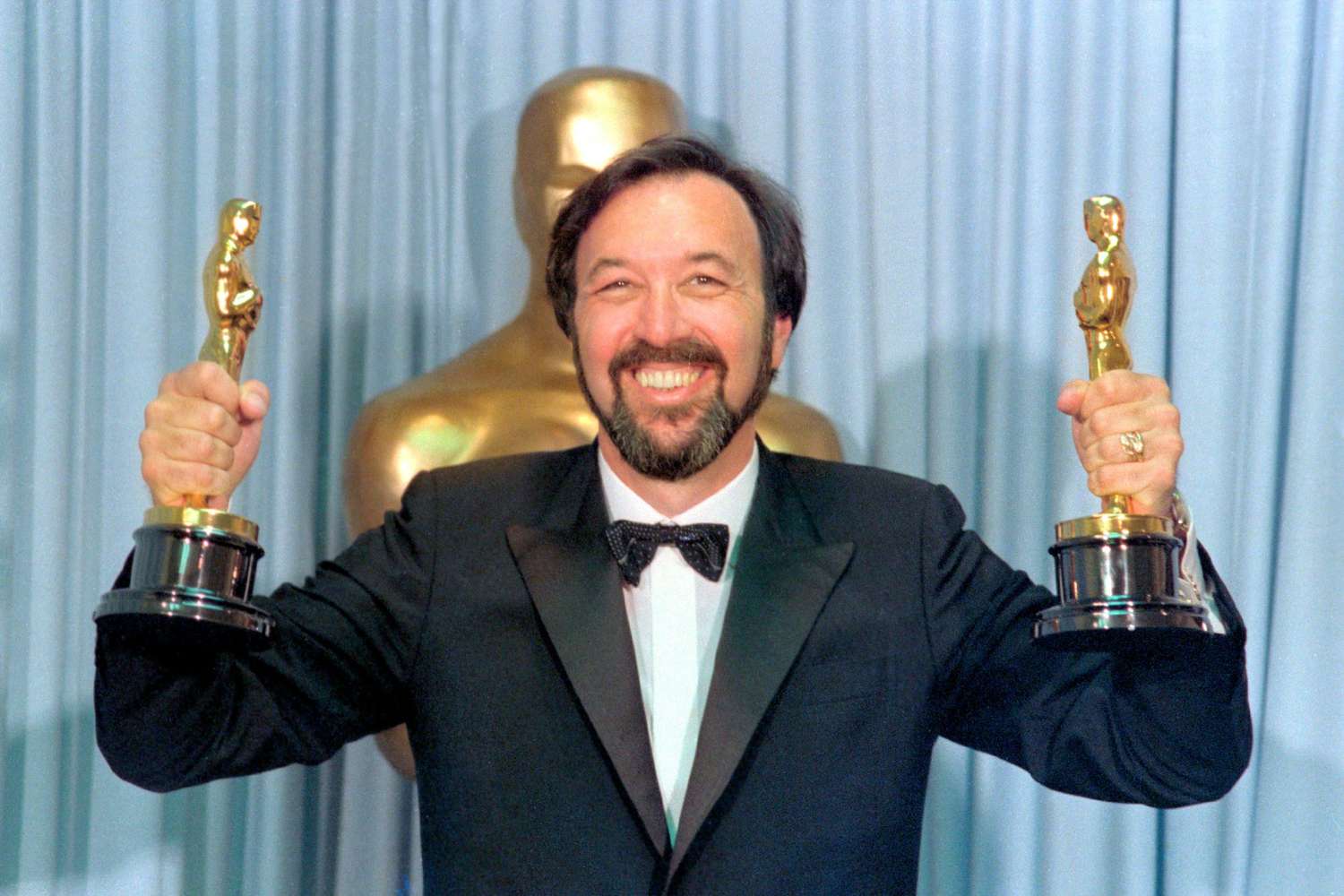
When asked about how you know you’re in the zone, he responded that “you hear your characters talking to you, and you’re taking dictation.” When asked about how it feels to work with a partner you get paired with, he said that you know you are a good team when “you don’t have an absolute sense of who does what.” When asked what was the best way to learn the craft of comedy, he said, “That’s obvious: It’s just doing it.” My favorite answer to a question of his was when he was asked if he could have found fulfillment doing a different job, he said, “I can’t imagine having done anything else. I never had the ambition to be a writer because it seemed impossible.” He went on to say that it’s a common feeling for writers that you do it for years and years and then suddenly, “somebody asks you what you do for a living, you can say ‘a writer’ without your voice catching or rising. Because it’s just an amazing thing.”
If you are a fan of MasterClass, you know they have a lot of great learning opportunities. One of their courses about writing for television is taught by Shonda Rimes. The MasterClass staff put together five tips for succeeding in a writers’ room. I would take it a step further and say they were five tips for succeeding in life. They are:
- Be useful.
- Be respectful.
- Be brave.
- Be collaborative.
- Be flexible.
So, if after reading this blog, you too think it would be fun to be part of the writers’ room, what is the best way to do it? Often writers start as assistants. You’re able to make contacts and see how the job is done from the inside. Of course, writing scripts and more scripts and more scripts until someone decides one of them is just what they need is another option. Many aspiring writers find agents who can try to sell the work for them.
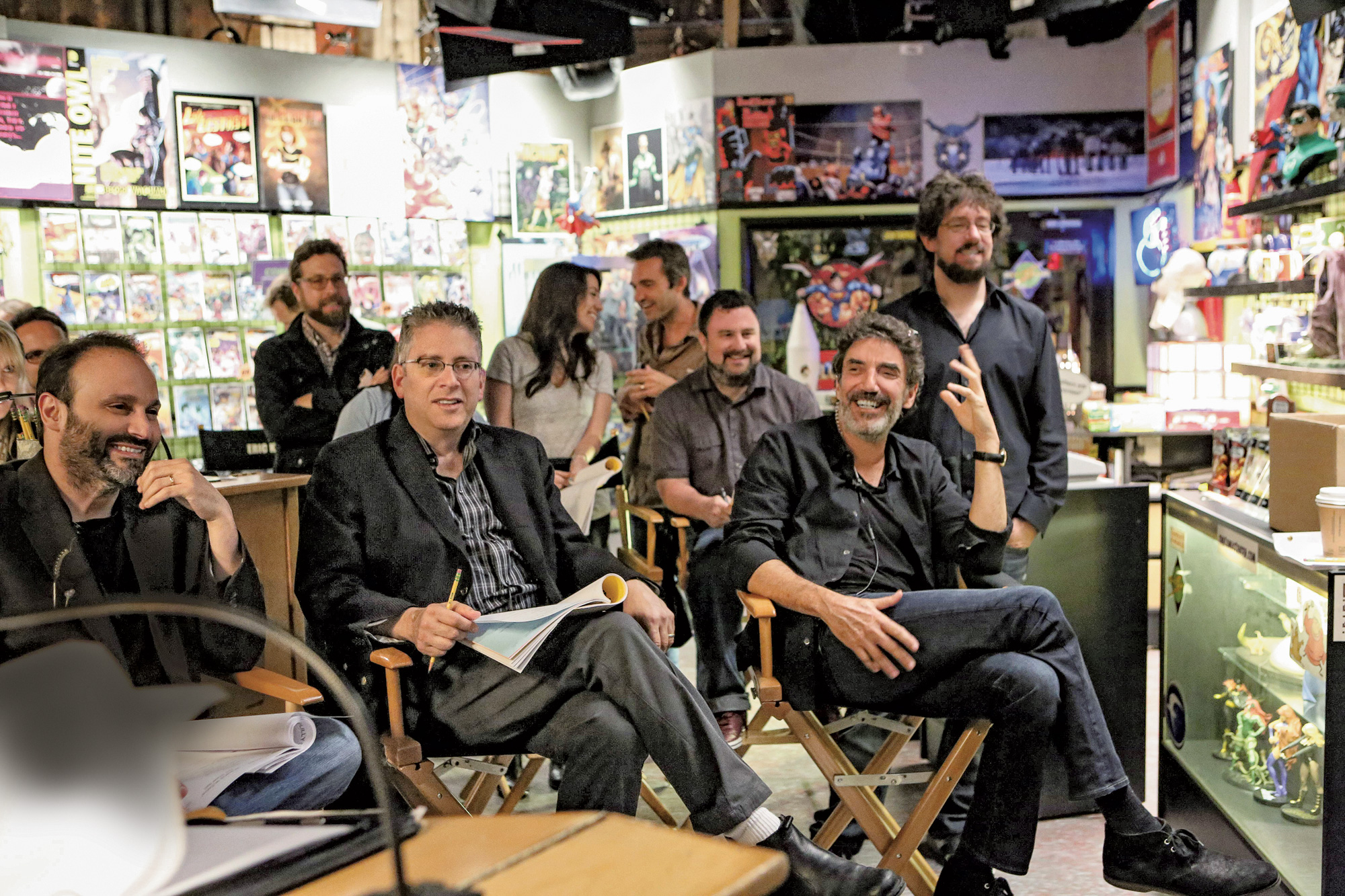
Sharing your work with as many people as possible is always a great way to get your name out there. Writer/Producer Lee Goldberg gave this advice in a post from November 2020: “The first thing you have to do is learn your craft. Take classes, preferably taught by people who have had some success as TV writers. There’s another reason to take a TV writing course besides learning the basics of the craft. If you’re the least bit likable, you’ll make a few friends among the other classmates. This is good, because you’ll have other people you can show your work to. This is also good because somebody in the class may sell his or her first script before you do, and suddenly, you’ll have a friend in the business.”
My best piece of advice if you want to be a comedy writer is to keep a journal. I cannot tell you how many times when I was researching television writers, they said some of their best shows came from real life. And during the years of researching for my blog, I have read quotes by many family members who said they often saw their private family life on the screen. There are some things you just can’t make up. Those situations can often become the basis of a television script. There are as many different paths to becoming a writer as there are writers in the industry.

I wanted to end with a bit of inspiration that I received from James Brooks in Paula Finn’s book that he took from someone else, which is how writers work all the time. Anyway, I always struggle when trying to explain why pop culture is so important and why I choose to write about it. I often feel that I have to over-defend writing about television. His quote: “I forget who said it, but somebody terrific: The purpose of popular culture is to let people know they’re not alone.” Thanks to all of you for being not alone with me!

